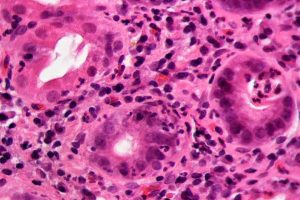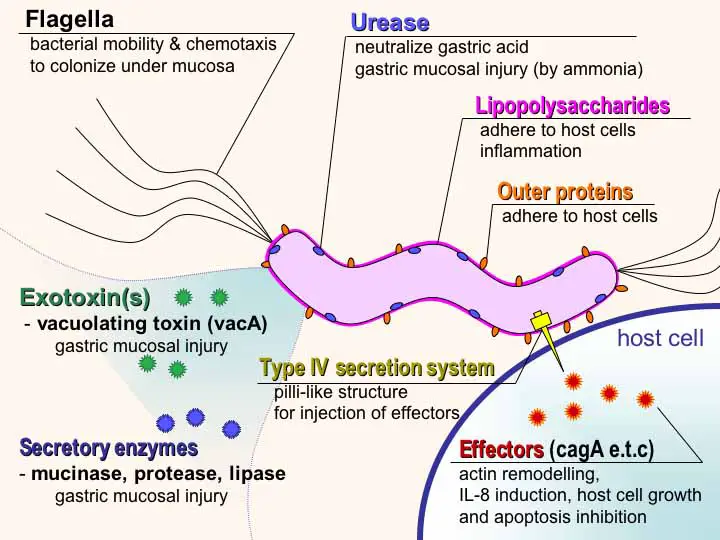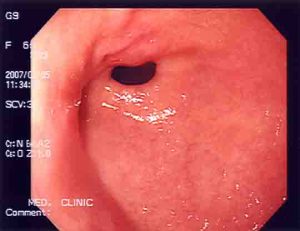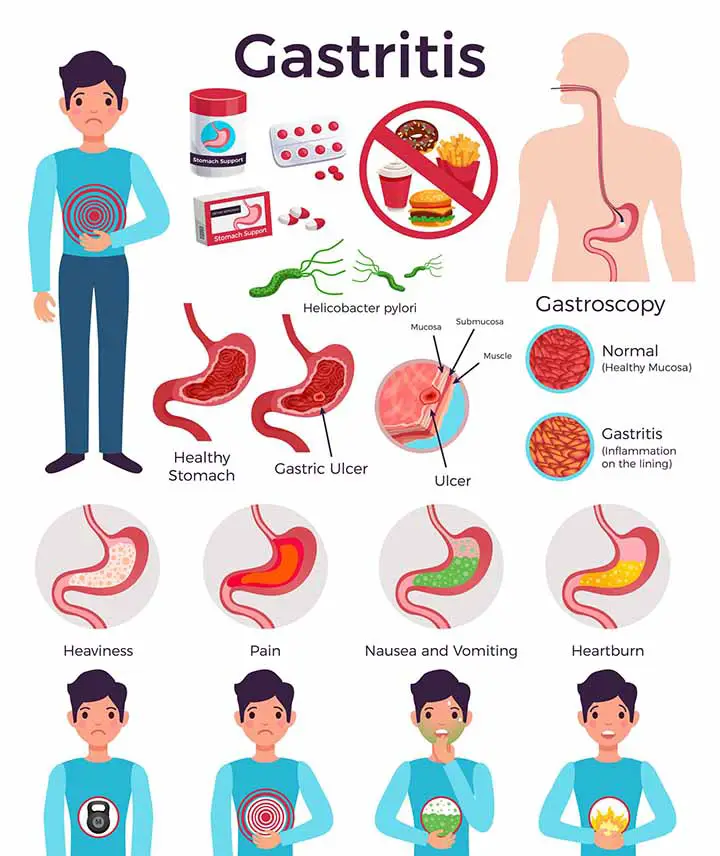Table of Contents
What is Erythematous Mucosa in the Antrum?
Erythematous mucosa in the antrum is called gastritis. The mucosa is a membrane that covers the interior of your stomach and intestines.
Redness is referred to as erythematous. The inner lining of your digestive tract will be red if you have erythematous mucosa.
It’s important to note that erythematous mucosa is not a disease. It’s a sign of inflammation caused by an underlying disease or irritation, which has increased blood flow to the mucosa and turned it red.
Doctors use the term erythematous mucosa to describe what they see when they use a lighted scope inserted into your mouth or defecation route to examine your digestive tract(This process is known as endoscopy). The disorder it causes is determined by which part of your digestive tract is affected:
Erythematous mucosa in the antrum (stomach) is termed Gastritis
Erythematous mucosa in the colon is termed Colitis
Erythematous mucosa in the defecation route is termed Proctitis
Erythematous mucosa in the antrum (Gastritis) Symptoms
Gastritis usually affects the entire stomach, but it may also affect only the antrum or lower portion of the stomach. Gastritis may be acute (short-term) or chronic (long-term).
Acute Gastritis
- After eating, you can experience mild pain or a strong discomfort in the upper left side of your abdomen,
- Nausea and vomiting,
- Lack of appetite.
- Heartburn, also known as indigestion, is a burning, dull pain.
- You can vomit blood if the irritation is serious enough to cause an ulcer.
- Acute gastritis, on the other hand, can often go unnoticed.
Chronic Gastritis
The majority of people with chronic gastritis still have no symptoms. However, B-12 deficiency can cause anemia because your stomach no longer secretes the molecule required to absorb B-12. If you’re anemic, you may feel exhausted, dizzy, and pale.

Erythematous mucosa in the antrum (stomach) Causes
Acute gastritis
- OTC painkillers(NSAID: non-steroidal anti-inflammatory drug)
- Aspirin(anti-platelet painkiller)
- Refluxed bile from the intestine
- Helicobacter Pylori and other bacterial & fungal infections
- Addiction to alcohol(alcoholism)
- Crohn’s disease

Chronic gastritis
- pylori infection is the most common cause of chronic gastritis. H. pylori affect around one in every five Caucasians, as well as more than half of African Americans, Hispanics, and the elderly.
Read How Coffee Causes Acidity
Erythematous mucosa in the stomach (antrum) Diagnosis
Your doctor will review your personal and family medical history, conduct a comprehensive physical examination, and may prescribe one or more of the following tests to diagnose gastritis:
Endoscopy of the Antrum
To examine the stomach lining, an endoscope, a thin tube with a tiny camera, is inserted through your mouth and down into your stomach. The doctor will look for signs of inflammation and can conduct a biopsy, which is a procedure that involves removing a small sample of tissue and sending it to a lab for examination.


Blood Tests
Various blood tests can be performed by the doctor, such as testing your red blood cell count to see whether you have anemia, which means you don’t have enough red blood cells. Blood tests can also be used to check for H. pylori infection and pernicious anemia.
Stool Examination
An occult blood test of the feces (stool test). This test looks for blood in your stool, which may indicate that you have gastritis.
Gastritis (Erythematous mucosa in the antrum) Treatment
Several prescription and over-the-counter drugs that suppress stomach acid are available. Reduced stomach acid aids in the healing of inflammation. Your doctor can recommend or prescribe the following medications:
- Antacids: These neutralize the acidity of the stomach and helps to reduce the pain fast.
- PPI(proton pump inhibitors): These stops the production of HCl in the stomach. Despite OTC drugs they have certain side effects. So it’s better to use them under the doctor’s supervision and take supplementary calcium and Vit-D to avoid bone weakness.
- H2 receptor antagonists: These reduce (suppress) stomach acid production.
Special treatments of gastritis
- If the NSAID or Aspirin is responsible for the condition then these should be stopped immediately.
- Helicobacter Pylori would be treated with antibiotics for a 7-14 course.
- Vit-B deficiency will be treated with Vit-B supplementation.
- If there are any signs of abnormal cell conditions then it’ll be further investigated to be sure it’s cancer or not.
To stop gastritis being more worsen
- Avoid alcohol
- Avoid certain acidic and allergic foods that may cause heartburn and increase HCl acid secretion in the stomach.
The success rate of the treatment
After starting treatment for gastritis, the majority of people recover easily.

Gastritis Summary
The mucosa is a mucus-based protective lining that lines the inside of your stomach. This lining protects your stomach from the powerful stomach acid that aids digestion. The mucosa gets inflamed when something hurts or weakens this protective coating, resulting in gastritis. The most common cause of gastritis is a form of bacteria called Helicobacter pylori (H. pylori).
Last Updated on April 9, 2022 by Learn From Doctor Team





